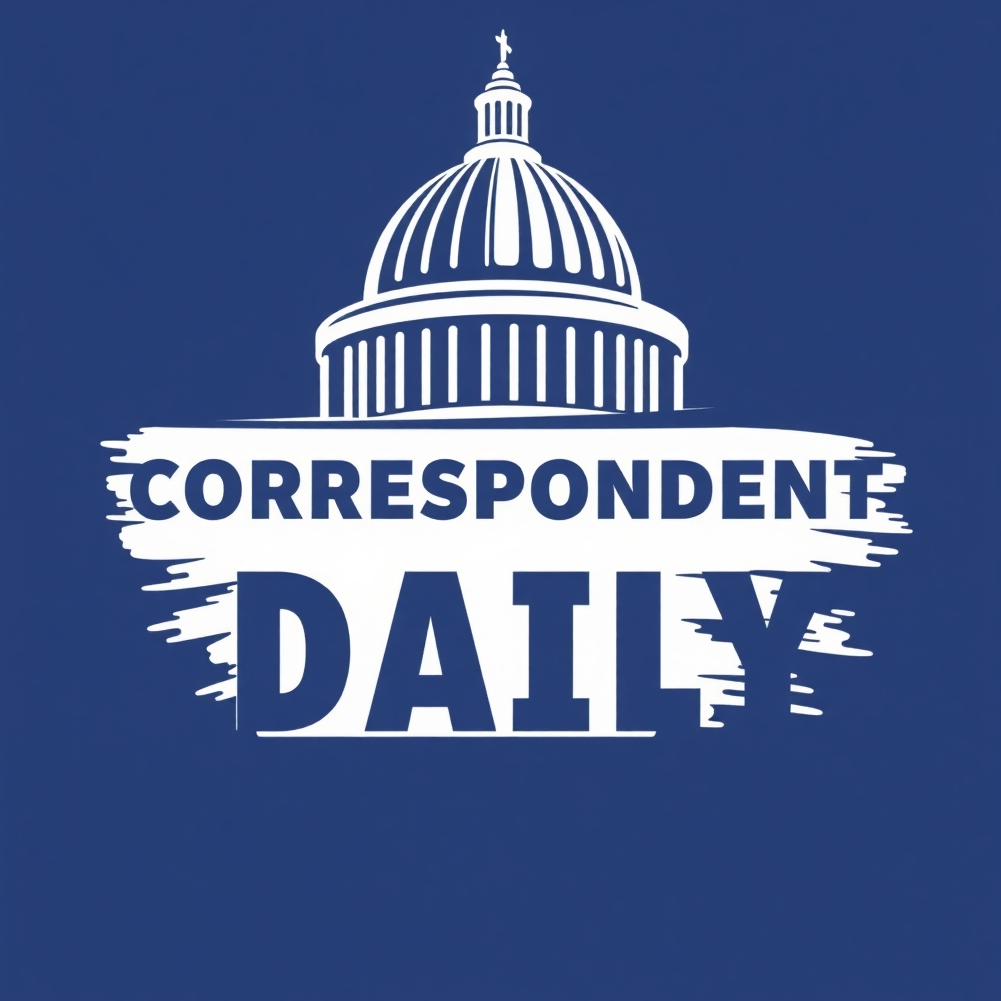
Cracker Barrel's Logo Controversy: A Lesson in Brand Management
In a bold move that took the internet by storm, Cracker Barrel debuted a modernized logo on August 19, 2025. Just a week later, facing an intense backlash—some even stemming from notable political figures—the restaurant chain pulled the design and restored its beloved 'Old Timer' logo. An emblem of their Southern heritage, this logo features Uncle Herschel leaning against a barrel, fondly remembered by customers.
The situation with Cracker Barrel illuminates a broader trend in branding where public sentiment can quickly influence business decisions. As brands strive to modernize their images, their choices can be met with unexpected backlash, demonstrating the precarious balancing act between innovation and tradition.
Backtrack: When Good Logos Go Bad
Cracker Barrel’s logo blunder is not an isolated incident. History is littered with branding missteps from major companies. Take Coca-Cola, for instance. In 1985, the beverage giant faced fierce competition from Pepsi, prompting them to reformulate their flagship product into 'New Coke.' The result was so universally panned that Coke restored the original flavor within three months, dubbing it 'Coke Classic.' This blunder has since become a case study for businesses in failure management.
Similarly, in 2009, Tropicana learned a hard lesson after unveiling a minimalist packaging overhaul that eliminated its iconic orange-and-straw visuals. The backlash was swift; consumers deliberately forced a turnaround by prompting Tropicana to return to its original design, illustrating the need for brands to stay in tune with consumer nostalgia and preference, particularly within well-loved products.
Successful Redesigns: What Works?
While many companies stumble, others have successfully navigated the waves of rebranding. One prime example is Netflix, whose striking red logo became synonymous with streaming media success. Initially met with skepticism, the new identity solidified its status as a market leader.
In the tech space, Apple’s evolution from colorful aesthetics in the '90s to a sleek monochromatic logo exemplifies the successful balance between modernity and brand identity. Microsoft’s four-square logo, introduced in 2012, has also become a hallmark of its redefined corporate image.
These examples bring forth a critical insight: successful redesigns resonate with consumer identity without alienating their core audience.
Making Your Mark: Strategy for Small Businesses
The implications of a branding misstep stretch beyond just visibility—they can affect market trends and consumer trust. For small businesses aiming to carve out their niche, the lesson is clear. Logo design should leverage strong emotional connections with your target demographic. Consider using elements of your origin story or community heritage in visual branding, reinforcing the ethos you wish to communicate.
If you’re a startup or small business navigating this landscape, invest in market research to gauge potential reactions to branding changes. Utilize customer feedback to iterate designs, ensuring your new direction aligns with your audience's sentiments.
Understanding the Emotional Tie to Branding
For consumers, logos are potent symbols of their emotional and psychological connection to a brand. Each logo carries the weight of history, nostalgia, and trust, making any change seem like a personal affront. Brands like Cracker Barrel and Tropicana illustrate how sensitive the relationship is between businesses and their customers—especially when legacy plays a role.
The rapid social media response and critique surrounding Cracker Barrel's rebranding highlight the power of consumer voices in the digital age. Understanding the emotional landscape surrounding your business identity can guide more thoughtful design approaches.
The Future of Brands: Balancing Act or Dangerous Gamble?
As consumer expectations continue to evolve, brands will need to assess how aggressively they modify their logos and overall identity. In today’s fast-paced market, responsiveness to consumer sentiment is critical; however, it also poses the risk of brand dilution if not navigated carefully.
This calls for a strategic balance—understanding when to stick to your roots while being open to innovative ideas. The marketing landscape in 2025 will likely continue showcasing examples both of missteps and successes, providing invaluable lessons for businesses of any size.
Brands can leverage these insights as they refine their own identities in an ever-changing marketplace. As seen with Cracker Barrel, a well-considered design and awareness of consumer emotions can lead to notable increases in customer engagement and loyalty. The takeaway? Craft a compelling narrative that resonates with your audience by understanding their past connection, and be prepared to adapt without losing sight of what makes your brand cherished.
Cracker Barrel's recent decision highlights the importance of gauging public sentiment in branding. Learning from the past can help ensure your company’s future success—is your brand prepared for its next redesign?
 Add Row
Add Row  Add
Add 




Write A Comment